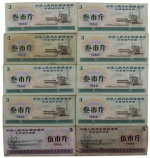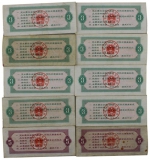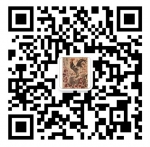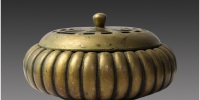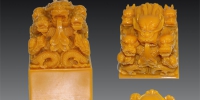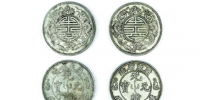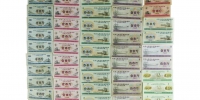四川永合利精品推荐丨粮票(一组)
四川永合利拍卖有限公司,为藏品强大的传播效应向各位买家推荐经国家一级鉴定专家甄选的艺术珍品 , 为藏家牵线搭桥 , 让千百件艺术珍品价值被发掘与重视 , 在拍卖会上得以高价成交。
Sichuan Yonghe Li Auction Co., Ltd. For the strong dissemination effect of collections, we recommend to buyers the art treasures selected by experts of national first-level appraisal, and make a bridge for Tibetans, so that the value of thousands of art treasures can be excavated and valued, and high-priced transactions can be concluded at auction .
【名称】粮票(一组)
【规格】伍市斤(2张)叁市斤(8张)
【类别】杂项
[Name]Food stamps (group)
[Specification] Five catties and two sheets ,Three catties and eight sheets
[Category] Miscellaneous
20世纪50年代至85年代中国在特定经济时期发放的一种购粮凭证。那时候,必须凭粮票才能购买粮食。中国最早实行的票证种类是粮票、食用油票、布票等。其实凭票供应不是我国最早采用的,苏联在十月革命后,当时国内不稳定,内战不断,商品缺乏,就采取商品有计划的分配,发放各种商品票证,苏联最早的票证是1916年的鞋票。
From 1950s to 1985s, China issued a certificate of purchase of grain in a specific economic period. At that time, food must be purchased on the basis of food stamps. The earliest types of tickets in China are grain tickets, edible oil tickets and cloth tickets. In fact, the supply of vouchers was not the earliest in our country. After the October Revolution, the Soviet Union adopted a planned distribution of goods and issued various commodity vouchers. The earliest vouchers in the Soviet Union were shoes in 1916.
粮票曾作为中国的第二“货币”,分为全国粮票、军用粮票、地方粮票和划拨粮票四种,反映了中国各个历史时期的社会经济状况,可以说,小小粮票就是中国计划经济时期社会发展的见证,它所承载的深厚文化历史价值正是其吸引人的最大魅力。
The food stamp was a kind of food purchase certificate issued by China during the specific economic period from the 1950s to the 85s. As the second “currency” of China, food stamps are divided into four categories: national food stamps, military food stamps, local food stamps and food stamps. This reflects the social and economic conditions of various historical periods in China. It can be said that small The small grain ticket is a testimony to the social development of China during the planned economy period. The profound cultural historical value it carries is the most attractive attraction.
经年累月的岁月侵蚀,更使这种具有不可复制性的票证文物日渐稀少,有极大的收藏价值以及升值空间。如今,随着改革开放的进一步深入和国民经济的快速发展,粮票早已完成了它的历史使命,退出了社会舞台。但作为一段历史的见证,粮票的收藏价值、社会价值却随着时间的流逝更加凸显。
After years of erosion, this kind of non-replicable ticket cultural relics has become increasingly rare, with great collection value and appreciation space. Nowadays, with the further deepening of reform and opening up and the rapid development of the national economy, the food stamp has already completed its historical mission and has withdrawn from the social stage. However, as a testimony to history, the collection value and social value of food stamps have become more prominent with the passage of time.
此藏品为1965和1966年全国通用粮票一组,粮票包含伍市斤粮票,參市斤粮票。粮票左上角为“中华人民共和国粮食部”十字,下方为“全国通用粮票”,右侧中间为面值,面值下方为年份。背面中间为粮票的使用说明,左右两边为阿拉伯面值。此粮票一组十张,不仅图案、花纹线条精细,而且油墨配色合理,色彩新颖、明快,图案美观大方,具有极高的观赏和收藏价值。
This collection is a set of national general grain tickets for 1965 and 1966. The grain tickets include Wushijin grain tickets and Shenshijin grain tickets. The upper left corner of the food stamp is the cross of the Ministry of Food of the People's Republic of China, and the lower side is the national general grain stamp. The middle right side is the face value, and the lower face value is the year. In the middle of the back is the instructions for the use of food stamps, with Arabic denominations on the left and right sides. This set of ten grain tickets not only has fine patterns and patterns, but also has reasonable ink color matching, novel and bright colors, beautiful and generous patterns, and has very high ornamental and collection value.

